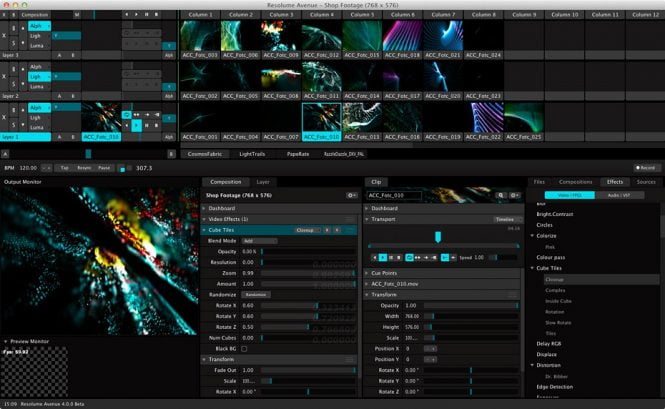
as for recording i actually record in WAV thus u can edit and clip the sound files raise volumes etc. there will be a fair amount of difference but again u have to have the speakers and amp to reproduce all of this sound a normal stereo u wont notice any difference witha cheap or decent turntable.ģ) As for me i generally do 24bit for my old disco album (as i call it real music with real instruments) and 16bit for electronic records (computer made music) works pretty well.

24bit again should only be used really on songs that require it, examples Classical, Jazz or certain instruments like trumpets are harder to digitalise and sound funny, thus the higher bit rate and freq range is better and makle it sound more realisitic and less flat, and remember most things in the world that play music cd playters etc etc only play 16 bit 44k.Ģ) The quality of the sound mainly down to the needle more then anything else and its freq response range a cheap turntable will never be as good as say a £500 one with a good needle.
#Clickrepair and denoise 32 bit#
Hello, I have a recording studio, and as a collateral damage we run a webradio transmitting 60 per cent ditigized vinyl records unless you have pro equipments, 24 bit are always a bad idea, because to burn an audio CD or convert a file to mp3, and so on, you have to downgrade the 24 bit to the usual 16 bit - if you don´t use a fantastic and often expensive software, the converted file will sound worse than a native 16 bit file this passage is so critical, that often the conversion is made converting to analog the original 24 bit file and redigitizing it at 16 bit on the other side, it coul be a good idea use a high sampling rate: CD´s (44.1 kHz) are limited to 20 kHz, mp3´s somewhere around 16-18 kHz, but vinyl records can reproduce frequencies up to 50 kHz a sampling frequency of 96 kHz can preserve the original frequency extension, and to downgrade from 96 to 44.1 kHz, usually you don´t have a a quality degradation - but honestly I don´t think that in the real world it could be a real improvement we digitize at 44.1 kHz 16 bit, wav format, and it is fine - a 40 minute vinyl recvord is a 500 MB file, quite small with actual hard disks and memories - then we make two mp3 copies, 320 and 128 I don´t know Audacity, however the time requested from playing the record to delivering all files with metadata is usually no less than two hours hope this helps!ġ) 24bit should be only used if u have the equipment to play it, 32 bit is pointless as u are not in a recording studio and re issuinging the track. What is the optimal settings and options in Audacity so I can get good quality yet not fill my HD too fast (FLAC 24-bit min ok).
#Clickrepair and denoise software#
If I want lossless and high quality digital format, my questions are:ġ) Is FLAC 24bit sufficient or should I go for 32bit? Audacity only has 24bit option and I read that there is very little difference between 24bit and 32bit (except 32bit takes up a lot more HD space.Ģ) Is my turntable sufficient enough to do the transfer and retain quality sound?ģ) Do I need any other software or filtering after transfer or can I make Audacity work?Ĥ) There are too many options in Audacity like input sampling rate (default 44100) and float bit etc for a novice like me is causing me migraines. so I don't need to buy a mixer/preamp, amp, and RCA to USB converter. I've read that USB turntables already have ability to pre-amp, filter etc.

I read tonnes of articles about formats and equipment to use. I have an Ion iLP USB turntable, a relatively new HP Laptop (Windows 8), and Audacity. Now I'm thinking how best way to convert them to digital lossless format.

I'm approaching 2000 vinyl records in my collection and starting to worry if I ever lose this collection would be devastated.


 0 kommentar(er)
0 kommentar(er)
